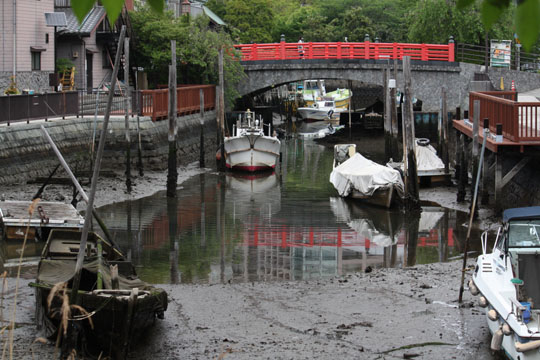From Tsukishima Station on Tokyo's Oedo subway line, I launch myself northward toward Tsukudajima. A mere sandbar in the early days of the Edo Period (1603-1868), Tsukudajima long ago began to be expanded with boulders and landfill on the way to creating the area we now know.
Named after Tsukudamura, an Osaka area from which skilled fishermen were recruited by the first shogun, Ieyasu Tokugawa (1543-1616), to help provide protein for his growing capital, by 1644 Tsukudajima had become the island home to a thriving piscatorial community.
I don't expect to find any old salts on today's Tsukudajima, as half the island is given over to highrise apartments, but nonetheless I soon find myself in a maze of old homes, including authentic nagaya (wooden row houses) that have survived the 1923 Great Kanto Earthquake, wartime bombing and more recent shakers.



















With your current subscription plan you can comment on stories. However, before writing your first comment, please create a display name in the Profile section of your subscriber account page.